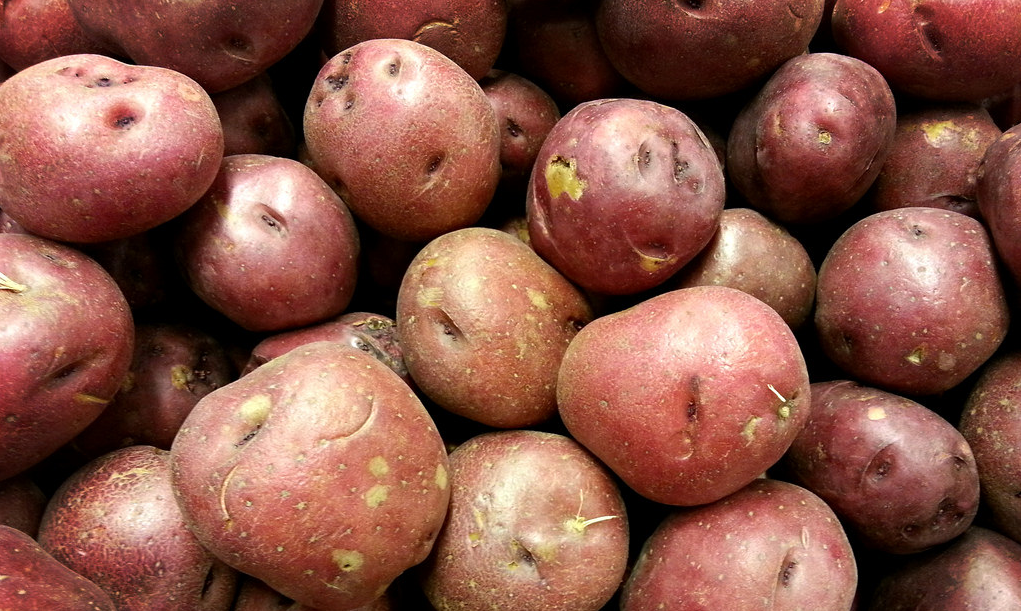Pink Potato Slime May One Day Save Us All From Antibiotic-Resistant Bacteria

(Studio d’Xavier)
The bacteria produces the slime, which in turn keeps the bacteria alive. It contains two proteins that allow them to live in an environment full of oxygen. When the researchers engineered bacteria that couldn’t produce one of the proteins and infected a potato with it, the bacteria couldn’t grow without its protective slime.
This matters because slime is gross, because potatoes are an important crop and it’s unhealthy when they rot, and because those proteins in the slime also have antibiotic properties that makes them kill competing bacteria, including the “superbug” methicillin-resistant Staph aureus (MRSA) that should frighten you if it doesn’t already.
Why do potatoes grow pink slime? [PBS NewsHour]
Plant pathogenic anaerobic bacteria use aromatic polyketides to access aerobic territory [Science]
Want more consumer news? Visit our parent organization, Consumer Reports, for the latest on scams, recalls, and other consumer issues.

